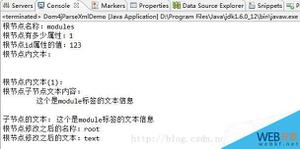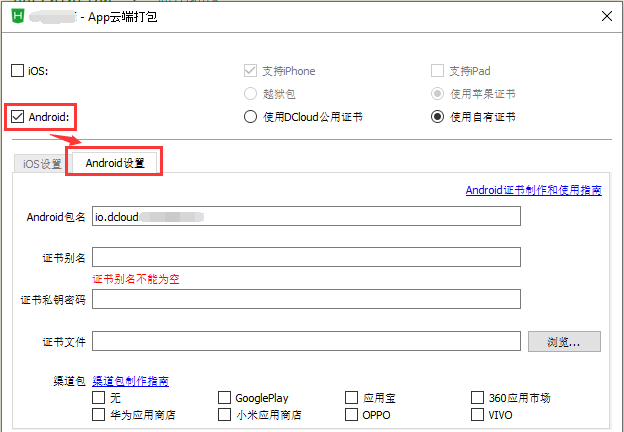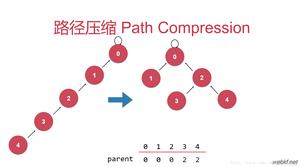Java中json文档中叶节点的所有路径的输出列表
例如:给定此json文档:
{ "store": {
"book": [
{
"category": "reference",
"author": "Nigel Rees",
"title": "Sayings of the Century",
"price": 8.95
},
{
"category": "fiction",
"author": "Herman Melville",
"title": "Moby Dick",
"isbn": "0-553-21311-3",
"price": 8.99
},
],
"bicycle": {
"color": "red",
"price": 19.95
}
},
"expensive": 10
}
我想产生(类似)此输出:
store.book.category: "reference"store.book.author: "Nigel Rees"
store.book.title: "Sayings of the Century"
store.book.price: 8.95
store.book.category: "fiction"
store.book.author: "Herman Melville"
store.book.title: "Moby Dick"
store.book.isbn: "0-553-21311-3"
store.book.price: 8.99
store.bicycle.color: "red"
store.bicycle.price: 19.95
expensive:10
与其使用原始文本,不如使用基于健壮的json库(gson,jackson等)之一的高效解决方案。
回答:
事实证明,使用Gson做到这一点非常容易,尤其是使用2.3中引入的JsonReader.getPath()方法时。
static void parseJson(String json) throws IOException { JsonReader reader = new JsonReader(new StringReader(json));
reader.setLenient(true);
while (true) {
JsonToken token = reader.peek();
switch (token) {
case BEGIN_ARRAY:
reader.beginArray();
break;
case END_ARRAY:
reader.endArray();
break;
case BEGIN_OBJECT:
reader.beginObject();
break;
case END_OBJECT:
reader.endObject();
break;
case NAME:
reader.nextName();
break;
case STRING:
String s = reader.nextString();
print(reader.getPath(), quote(s));
break;
case NUMBER:
String n = reader.nextString();
print(reader.getPath(), n);
break;
case BOOLEAN:
boolean b = reader.nextBoolean();
print(reader.getPath(), b);
break;
case NULL:
reader.nextNull();
break;
case END_DOCUMENT:
return;
}
}
}
static private void print(String path, Object value) {
path = path.substring(2);
path = PATTERN.matcher(path).replaceAll("");
System.out.println(path + ": " + value);
}
static private String quote(String s) {
return new StringBuilder()
.append('"')
.append(s)
.append('"')
.toString();
}
static final String REGEX = "\\[[0-9]+\\]";
static final Pattern PATTERN = Pattern.compile(REGEX);
以上是 Java中json文档中叶节点的所有路径的输出列表 的全部内容, 来源链接: utcz.com/qa/414691.html









